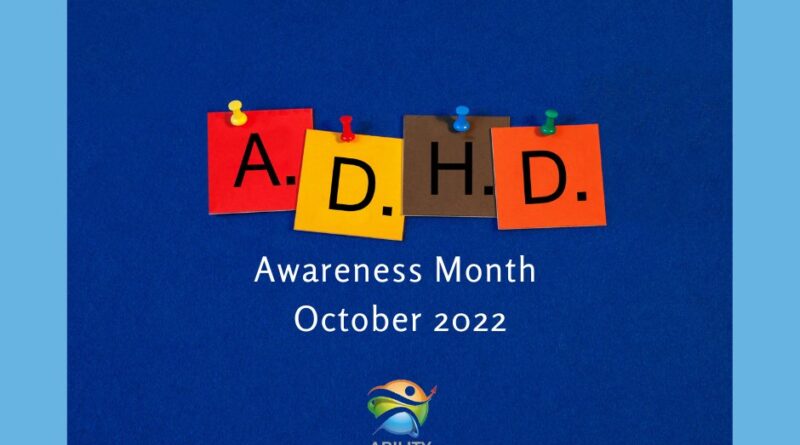Storytelling and ADHD Narrative Techniques from Neurodivers
Storytelling is a timeless art form that transcends cultures and generations. It has the power to captivate, inspire, and evoke empathy in its audience. However, for individuals with symptoms ADHD (Attention-Deficit/Hyperactivity Disorder), traditional narrative structures may present challenges due to difficulties with attention, focus, and impulsivity. Yet, within the realm of neurodiversity, there lies a treasure trove of narrative techniques crafted by writers who navigate the world with ADHD. In this exploration, we delve into the unique storytelling approaches employed by neurodiversity writers, shedding light on how their perspectives enrich the literary landscape.
Understanding ADHD
ADHD is a neurodevelopmental disorder characterized by persistent patterns of inattention, hyperactivity, and impulsivity. While it presents challenges in various aspects of life, individuals with ADHD often possess remarkable creativity, resilience, and unique ways of processing information. These attributes manifest in their storytelling, offering fresh insights and innovative narrative techniques.
Hyperfaces and Creativity
One of the paradoxes of ADHD is the phenomenon of hyperfaces – the ability to intensely concentrate on tasks of interest. Neurodiversity writers often harness this hyperfocus to immerse themselves in the creative process. During these periods, they may experience heightened sensory awareness, vivid imagination, and a flow state conducive to storytelling. This intense focus allows them to delve deep into their narratives, crafting intricate plots, rich characters, and vibrant worlds.
Nonlinear Storytelling
Traditional storytelling typically follows a linear progression, with a clear beginning, middle, and end. However, neurodiversity writers often gravitate towards nonlinear narratives, where time is fluid, and events unfold in unexpected ways. This nonlinear approach mirrors the fragmented thought patterns and divergent associations characteristic of ADHD. By embracing nonlinear storytelling, these writers challenge conventional narrative structures, inviting readers on a journey of discovery and exploration.
Multi-Sensory Descriptions
Individuals with ADHD often have heightened sensory experiences, perceiving the world with greater intensity. Neurodiversity writers leverage this heightened sensory awareness to create vivid, multi-sensory descriptions that immerse readers in their narratives. Through evocative language, rich imagery, and sensory details, they paint a sensory landscape that resonates with readers on a visceral level, transcending the boundaries of traditional storytelling.
Dynamic Characters
Characters in neurodiversity narratives are complex, multifaceted individuals who defy stereotypes and embrace their quirks and imperfections. Rather than portraying ADHD as a limitation, these writers celebrate neurodiversity, showcasing the diverse talents, perspectives, and lived experiences of their characters. Whether neurotypical or neurodivergent, each character is portrayed with empathy, authenticity, and depth, reflecting the diverse tapestry of human existence.
Intertextuality and Hyperlinking
In the digital age, neurodivergent writers often incorporate elements of intertextuality and hyperlinking into their narratives. Drawing inspiration from hypertext fiction and interactive storytelling, they create dynamic narratives that blur the lines between text and technology. Through embedded links, footnotes, and multimedia elements, they invite readers to explore branching pathways, alternate realities, and interconnected stories, mirroring the associative thought patterns of ADHD.
Humor and Irony
Humor serves as a powerful coping mechanism for many individuals with ADHD management offering relief from the challenges of everyday life. Neurodiversity writers infuse their narratives with wit, irony, and irreverent humor, transforming adversity into opportunity. Through comedic timing, absurd situations, and quirky characters, they engage readers in laughter while offering insight into the complexities of living with ADHD.
Conclusion
Storytelling is a versatile medium that transcends boundaries and embraces diversity. Neurodiversity writers bring a unique perspective to the literary landscape, offering innovative narrative techniques that challenge, inspire, and resonate with readers. By embracing nonlinear storytelling, multi-sensory descriptions, dynamic characters, intertextuality, humor, and irony, they invite readers on a journey of discovery and empathy. In celebrating neurodiversity, we enrich our understanding of the human experience and create a more inclusive literary culture for all.

